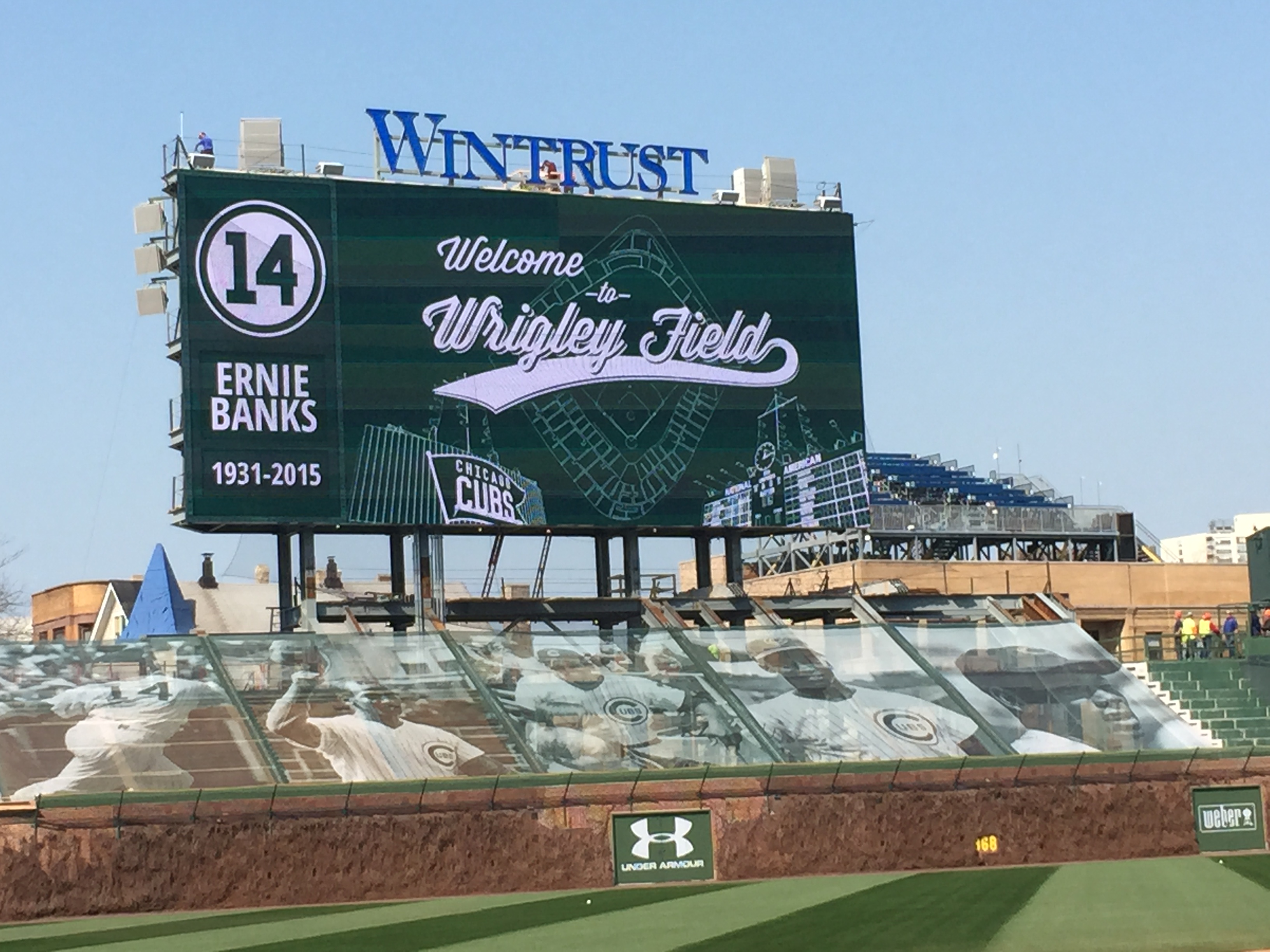Now that the draft is over, we can get to breaking down what they came away with—sure, it’s way too early to make any conclusions, but that doesn’t mean we can’t share some opinions. They didn’t come away with an Astros’ level of talent*, but they did come away with a pretty significant haul of talent and two players at the top of their draft who have potential with the stick.
*Oh my, Houston’s first three rounds are quite the thing, let’s see if the can actually bring them all in the fold and sign this group.
On Ian Happ
Happ is a very refined hitter who has the word “pure hitter” thrown on him a lot. He’s a switch hitter who has more pop from the left side and he’s proven himself in both college and the scouting haven known as the Cape Cod league. Happ’s performance in the Cape is particularly important to note because they use wood bats there and it’s seen as a very important league to perform well in.
The hitting ability is well regarded, but the main question surrounding Happ will be his defensive home. The speculation is out there that Happ can play centerfield well enough to earn some spot starts there. He can play second, third, or a corner spot as well which gives him Arismendy Alcantara-esque utility and flexibility on the baseball diamond. At the moment, it appears that the Cubs will start him off at second base, with right field being the second option.
On the Cubs overall strategy
But "going cheap" has a negative connotation. Nothing about the Happ pick should be viewed in a negative light. https://t.co/VPNSy9eULG
— Nick J. Faleris (@NickJFaleris) June 10, 2015
There’s an assumption that because certain teams go under slot it means that those clubs are being “cheap” or “frugal.” That can have more weight in some slots over others and in the Cubs case I don’t think cheap is the appropriate descriptor here. Faleris’ tweet can be applied across the board when it comes to the Cubs picks. They didn’t try to get overly creative because they didn’t feel that they had the right opportunities to do so. They’ll have an opportunity to get two players they like, Happ and Donnie Dewees, at under slot, with the hopes of prying away D.J. Wilson from his Vanderbilt commitment with an over-slot deal. There was a clear strategy in place and while there were savings involved in some of the draft picks, it wasn’t driven by “cheapness.”
On why they didn’t just draft a bunch of arms
The Cubs aren’t completely bereft of pitching talent down in the minors. Duane Underwood is the one guy with the highest upside and they have other arms who fall into no. 3 or no. 4 starter categories like Pierce Johnson and Jen-Ho Tseng. But this isn’t a system that’s ready to start pumping out pitching talent like the Mets currently are, but frankly, that doesn’t seem to bother the Cubs organization all that much.
It’s not a shocker that the Cubs took a polished college hitter with a question mark for a defensive position in the first round. The Cubs have a clear strategy in place when it comes to talent acquisition, and it’s a strategy that’s been coming into focus since the then-new regime arrived on the North Side. The Cubs clearly prefer amateur bats and are more willing to spend big on pitchers in the free agent market. This strategy is continuing with the Happ selection.
So no, the Cubs didn’t draft a high-octane arm, and they missed out on one of the broken-toy arms, but it’s important to keep in mind how the Cubs go about acquiring their talent. One thing is for sure, this front office has earned our trust when it comes to drafting and developing bats, so if there’s an area where they deserve the benefit of the doubt, it’s right here.
-Special thanks to Nick Faleris for helping out with this piece.

I have a hard time with the “pure hitter” tag on Happ. He struck out in about 20% of his PA this year. That’s A LOT for a college hitter.
Kris Bryant was only at about 15% – which translated into high 20’s in the Minors.
We have plenty of data out there to suggest that college performance is only tangentially tied to what a player does in the pro ranks. Players are, clearly, still developing and there’s simply no way to know what the end result will be. For some, a high K rate is the result of a lack of proper pitch recognition. For others, it is something mechanical. Happ was the player available at 9 who most resembles the strategy the Cubs have been utilizing in the Epstein-Hoyer era, 20% K rate or not.
My concern as well. There was a study done a few years back looking at the significance of college K%. Even for high picks, anything > 18% meant very, very low odds of contributing in the majors. > 22% meant no shot. The hope is that Happ can revert back to his freshman-year approach while continuing to add game power; his 2014 Cape Cod numbers are more promising than his 2015 college peripherals (which include an absurdly high BABIP, btw).
the jump in strikeouts may have been a result of the rest of his lineup being young. he had to be more aggressive in certain situations than normal. still managed to walk as much as he struck out.